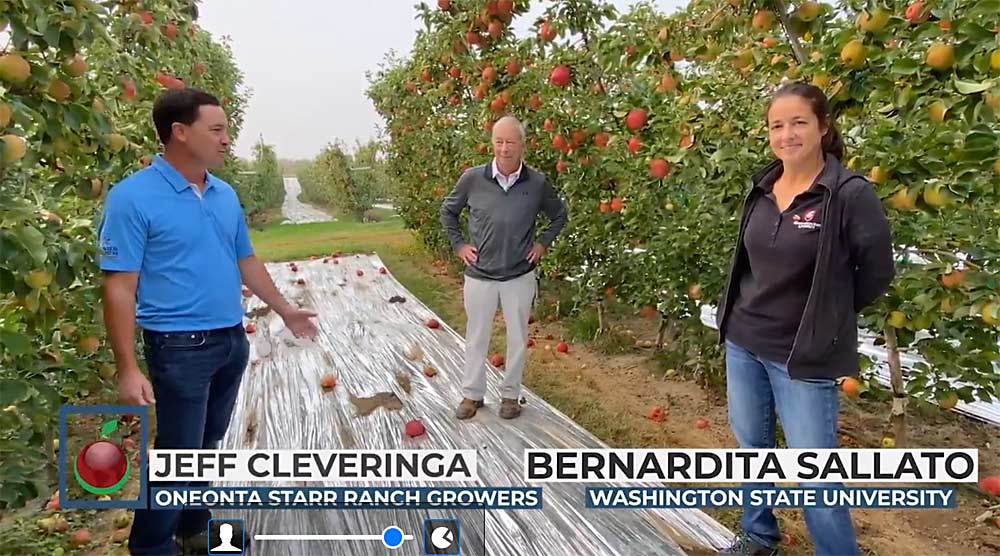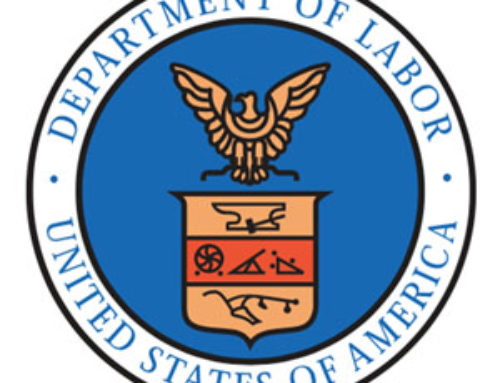Editor’s note: This story was updated to say the session recordings will be available in the first week of March.
The virtual meeting format didn’t stop the International Fruit Tree Association from visiting orchards across North America.
On Day Two of IFTA’s 64th annual conference, Feb. 22–24, the focus was on Honeycrisp. Video “bus tours” took attendees to four orchards, from one end of the continent to the other, where four expert Honeycrisp growers described how they grow the profitable, but difficult, variety in their regions.

The first stop was Hart Farm Orchards in Michigan, where Michigan State University Extension educator Amy Irish-Brown and grower Chris Kropf discussed his evolution from three-dimensional to two-dimensional growing systems. He emphasized the importance of open canopies that allow adequate sunlight and the fruiting wall’s advantages when it comes to mechanization — an important consideration for growers experiencing rising labor costs.
At Lamont Fruit Farm in New York, co-owners Jason Woodworth and Jose Iniguez and Cornell Cooperative Extension specialist Mario Miranda Sazo detailed the complexities of crop load management in a cloudy region near Lake Ontario. The growers focus on renewal cuts during dormant pruning, seeking to clear out branch congestion, misdirected limbs and girth that might compete with leaders.
At Birchleigh Farms in Nova Scotia, Canada, grower Waldo Walsh and Perennia tree fruit specialist Michelle Cortens talked about growing Honeycrisp during Nova Scotia’s short growing season. Walsh has been growing Honeycrisp since 1996, and he still doesn’t have it all figured out, he said. His goal is to get an average yield of 50 bins per acre by fourth leaf.
The final stop was at Chiawana Orchards in Yakima, Washington. Grower Bruce Allen discussed his Honeycrisp growing practices with Washington State University extension specialist Bernardita Sallato and Jeff Cleveringa, head of research and development at Oneonta Starr Ranch Growers. Allen said counting fruit by zone rather than by tree leads to more precise crop load management.
If you missed any educational sessions, recordings will be available for attendees beginning the first week of March. Visit IFTA’s website, ifruittree.org/event/ifta-2021-annual-conference, for more information.
—by Matt Milkovich






Leave A Comment